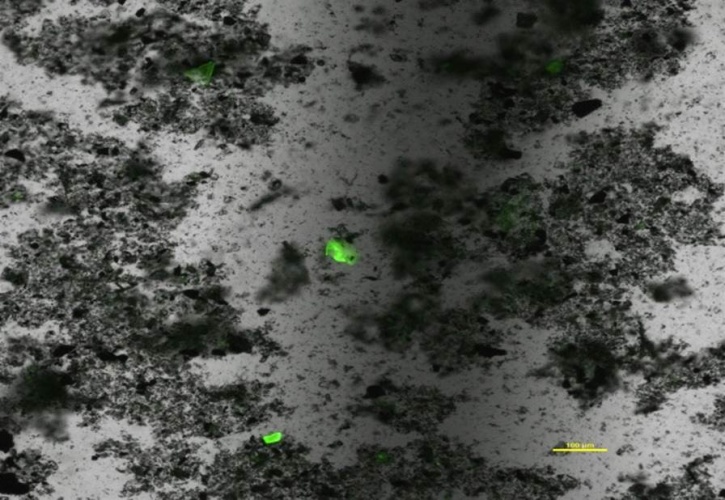Warwick team uses fluorescent dye to detect microplastics
Researchers from Warwick University’s School of Life Sciences have developed a new method for detecting microplastics using a fluorescent dye.

Microplastics – classed as plastic debris smaller than 5mm – are a growing threat to the oceans and the marine life that inhabits them. As some eight million tons of plastic enters the oceans each year, it breaks down over time into tiny fragments that can be ingested by fish and other sea creatures. According to Warwick, identifying the levels of plastic pollution can be difficult, with the particles becoming invisible to the human eye as they get smaller.
To help address this issue, the team used a fluorescent dye known as Nile red which attaches itself to plastic particles. It then employed a combination of fluorescence microscopy and image analysis software in a semi-automated process that calculates the concentration of microplastics in a given sample. Examining seawater and beach sand from the English coast around Plymouth, the researchers detected a much larger amount of small microplastics (smaller than 1mm) than was previously estimated, or which could have been found using traditional methods. The work is published in the journal Environmental Science & Technology.
Register now to continue reading
Thanks for visiting The Engineer. You’ve now reached your monthly limit of news stories. Register for free to unlock unlimited access to all of our news coverage, as well as premium content including opinion, in-depth features and special reports.
Benefits of registering
-
In-depth insights and coverage of key emerging trends
-
Unrestricted access to special reports throughout the year
-
Daily technology news delivered straight to your inbox










Water Sector Talent Exodus Could Cripple The Sector
Maybe if things are essential for the running of a country and we want to pay a fair price we should be running these utilities on a not for profit...